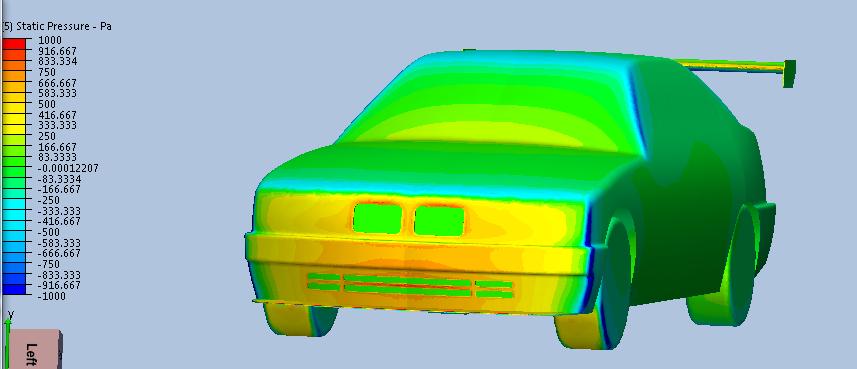I hooked up a home made manometer using water and clear tubing to measure pressure delta between engine compartment and the cowl. Indeed above about 35, the cowl was in an area of higher pressure than the engine. With the AC on this speed increased to about 45 due to the pressure from the fans. Never was the pressure significantly higher. Not more than about an inch of water at 70.
That little experiment always made me wonder why the majority of folks adding padding to the seal between hood and cowl noted a reduction in vent temp. Like GTX said some is better than none and it's likely the air there is indeed cooler....





 Reply With Quote
Reply With Quote





Bookmarks